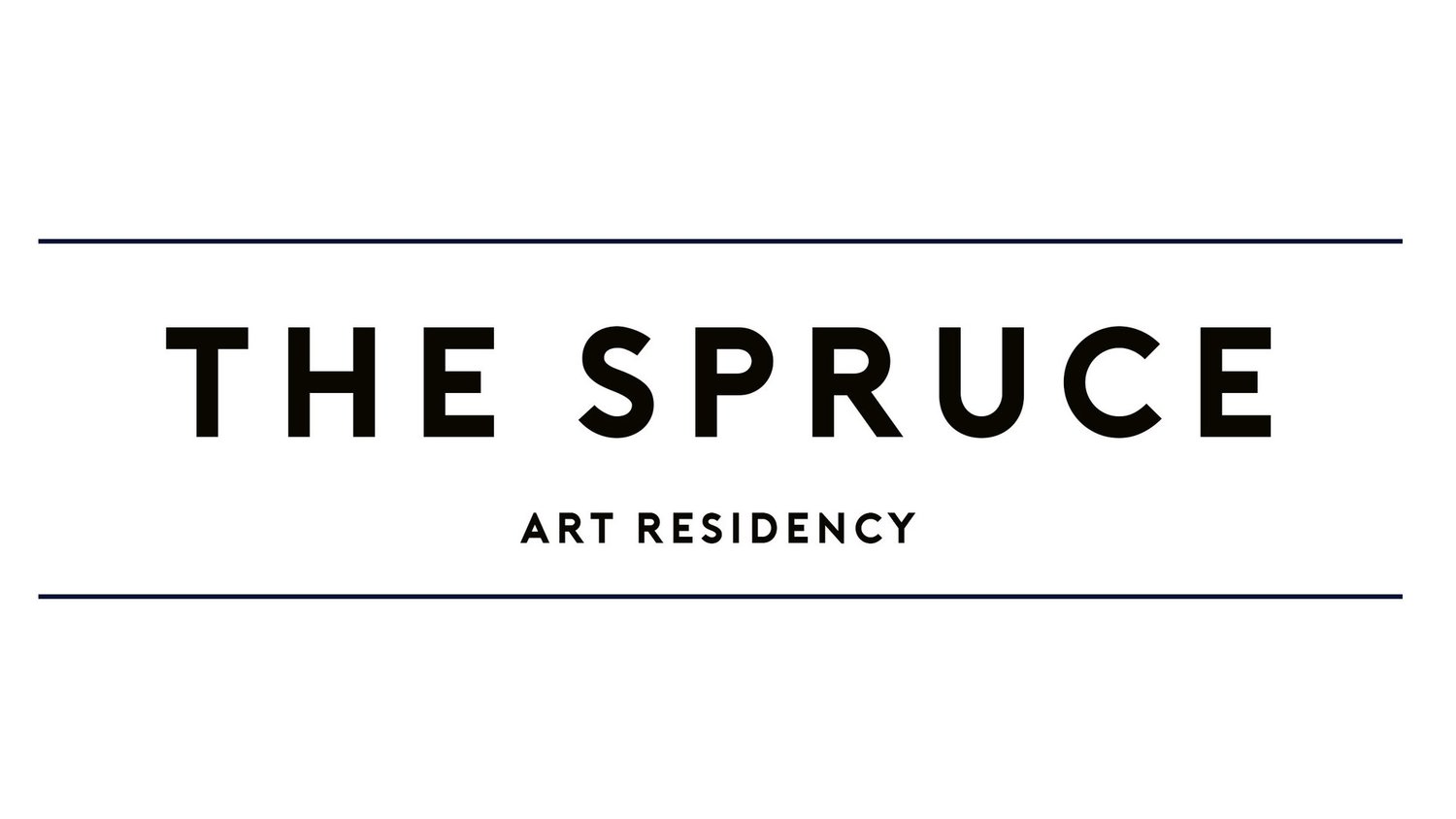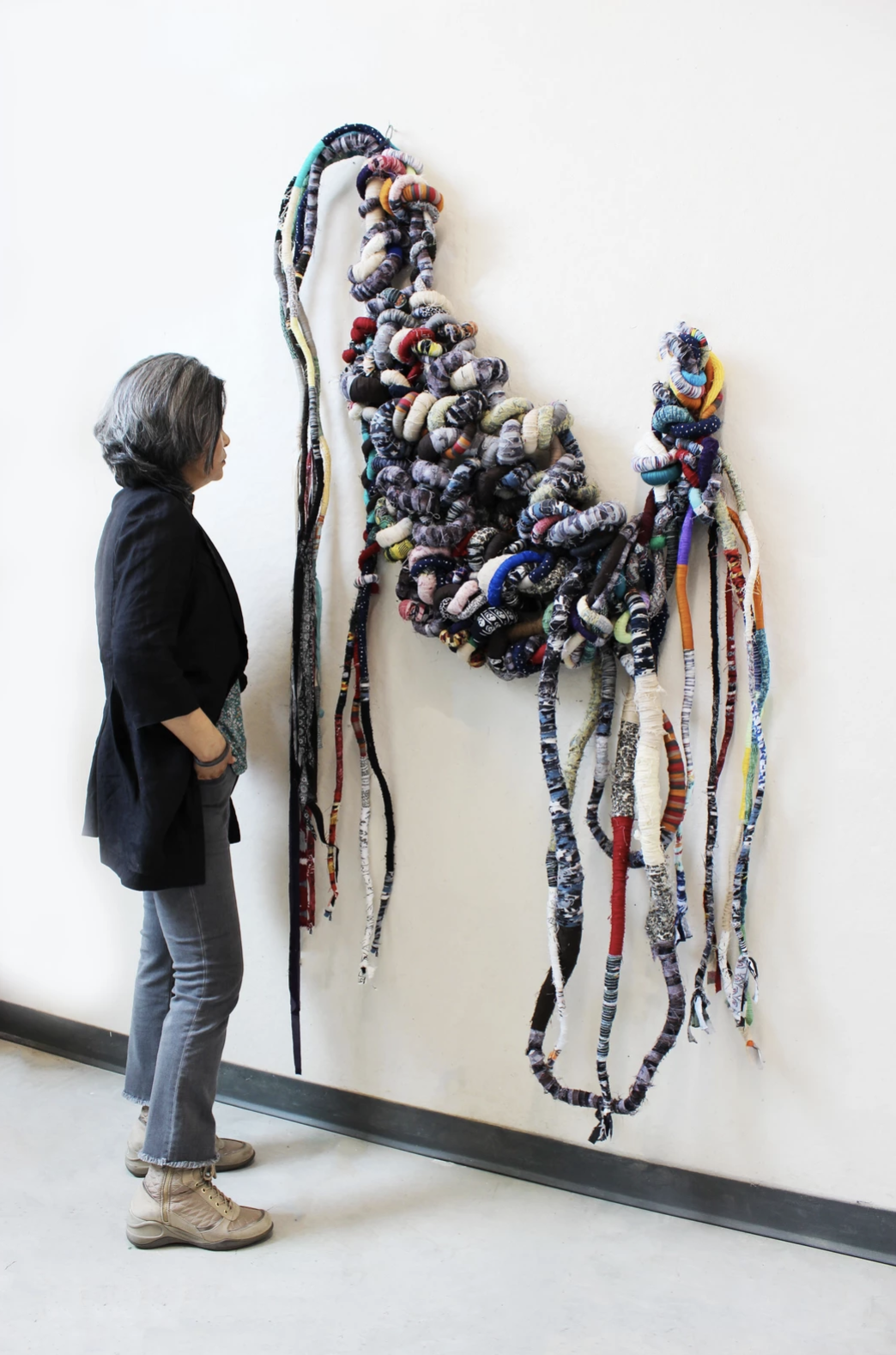Accessing Your Family Archive with Adrian White
/This week, we’re kicking it off with Adrian White! If you’ve been sitting at home for a couple of months, you’ve probably wandered into the family photo albums looking for something to do. Adrian shares a little bit about why he thinks the family archive is important and how you can negotiate the past with your current lived experience.
This workshop is all about considering your family’s archive, history, and how you fit into it all.
“I’m under the assumption that the family archive should be treated as a contract between the past and the present.”
MEET YOUR INSTRUCTOR
Los Angeles based photographer Adrian White creates portraiture primarily dealing with memory, trauma and history from the perspective of people of the African diaspora. His goal is to connect with his ancestors by remembering the past, documenting the present and imaging a utopian future.
White was born and raised in the small tobacco and cotton town of Stantonsburg, NC. He studied at North Carolina Central University (BA, 2002), Brooks Institute of Photography (BFA 2014) and Parsons School of Design (MFA in Photography and Related Media 2019).
“My photographic process places as much an emphasis on preserving memories as it does creating images. Memories have the power to heal. We just have to pay attention to what they’re trying to tell us."
Step 1 : Pick Apart Your Family Photographs
Put them in a pile, pick out interesting moments, reorganize them or - organize them for the first time! Look for performances within your family photographs? Who runs away from the camera? Who seems a natural in front of the camera? Who seems to like the other family member the most? Can you read their body language?
Step 2 : Scan Your Family Photographs
If you have a fancy scanner, that’s great! Adrian uses an Epson scanner. But you can also document your family photographs by using your phone using Google Photo Scan. Just be sure to photograph it straight on and without any glare. Creating a digital representation might mean that the family photographs live on beyond the shoebox that the prints might be in right now!
Step 3 : Collect, Collage, Curate, Recreate
Adrian shows you how he creates new art projects from his family archive while encouraging you to do what you would like! Recreating your family photos could be an exciting way to engage with your family’s history while also considering yourself in the context of your family. Be sure to look at the back of the photograph! Adrian calls them “scars” when you start to see the wrinkles and wear and tear of time. You don’t want to damage the originals, so be sure to make a copy if you’re going to collage the images.
Step 4 : Free Prints
Another app that Adrian loves is the Free Prints app! It sends 85 4x6 free prints per month to you. You feel a certain kind of way when you’re holding a family photo album, and it’s important that you share that with the future generations! You can reprint your family photos, but you can also start documenting your family and sharing prints with them in this way.
Step 5 : Get A Photo Album
You can order a photo album online or go to your local shop to get a photo album! Adrian goes to Michael’s since there is one in Inglewood, CA, where he lives, and one in Indiana, PA.
Step 6 : Use A Journal
This is great for keeping track of ideas! Adrian shares his journal and why it is important for you artistically and personally. Ask yourself questions, ask your family members questions! There are lots of different ways to understand an event and experience, and Adrian encourages you here to consider the perspectives of your family members when looking through your family archives.























